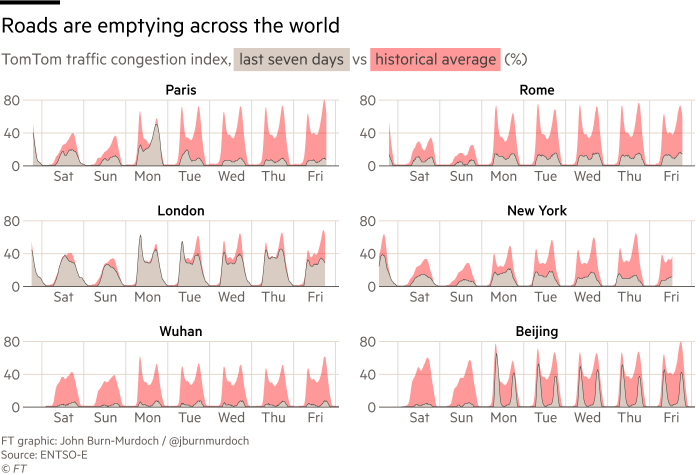“Quand on a commencé notre installation de feux tricolores à des endroits bizarres, les médias ont commencé à s’intéresser à notre histoire. J’ai alors réussi à entrer en contact avec un cartographe indépendant, qui travaille bénévolement pour Waze. Ensemble, on a cherché des solutions. Il m’a dit qu’on ne pouvait effectivement pas changer grand-chose à l’algorithme, mais qu’on pouvait le tromper un peu en ajoutant des paramètres. Il a d’abord changé des voiries de catégorie. Sur Waze, il y a différentes catégories de routes, qui vont de la catégorie 1, les autoroutes, à la catégorie 6, de petites routes résidentielles. On a passé des routes en catégorie 6 et depuis, on a effectivement un peu moins de flux. Le centre de Lieusaint. Une autre mesure efficace, ça a été de sélectionner d’autres trajets que ceux passant par Lieusaint comme étant des trajets « attractifs ». Dès le lendemain, on en mesurait les effets. Au total, on a réussi à réduire le trafic de 40 à 50 % environ. Ce n’est pas réglé pour autant, alors on prévoit encore d’ajouter sur la carte des équipements publics comme les écoles, afin que l’algorithme se « dise » : ok, on va éviter les flux massifs dans le coin”.
Source : « On a mis un feu rouge improbable à l’entrée de la ville » : les astuces du maire de Lieusaint pour tromper Waze – Tech – Numerama






